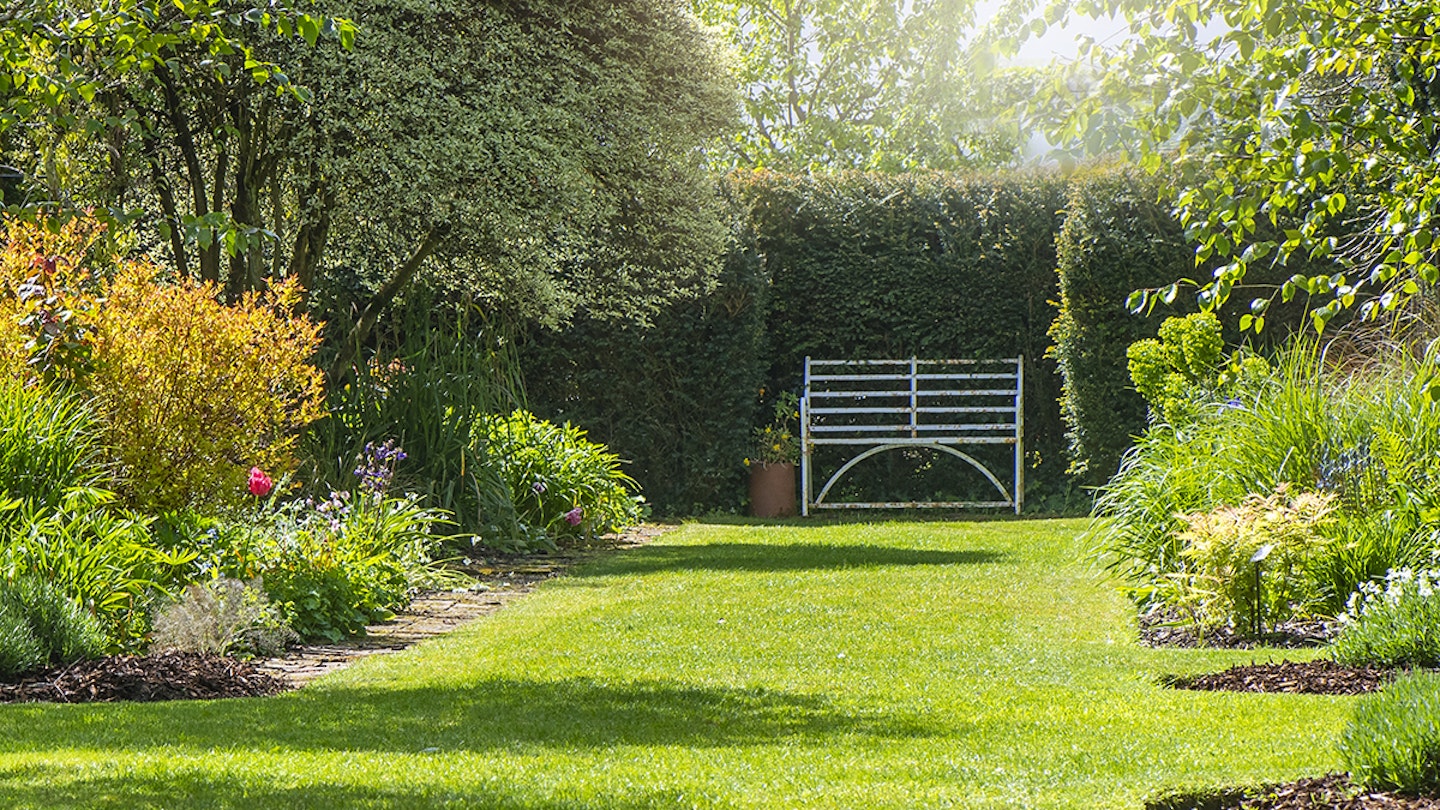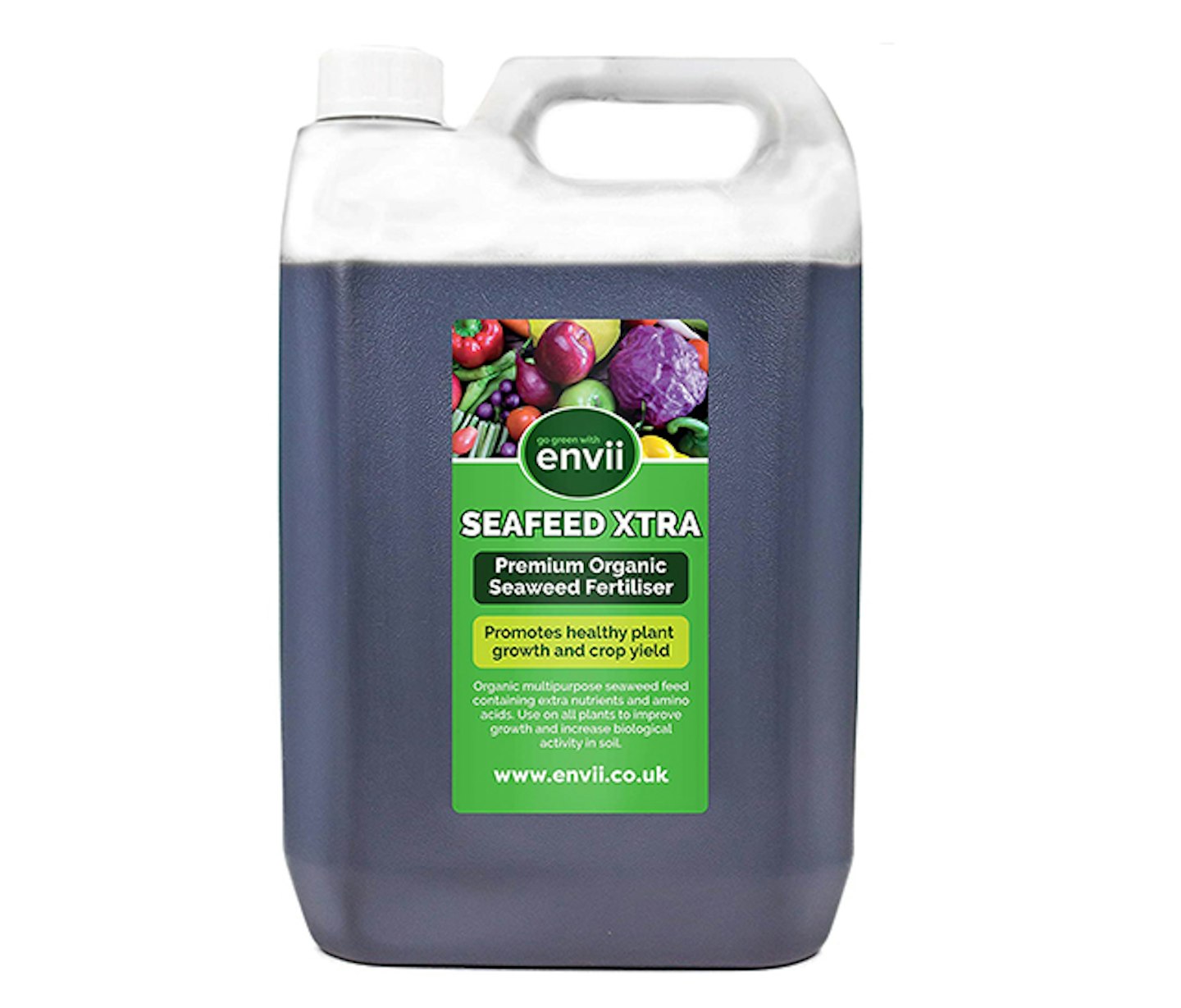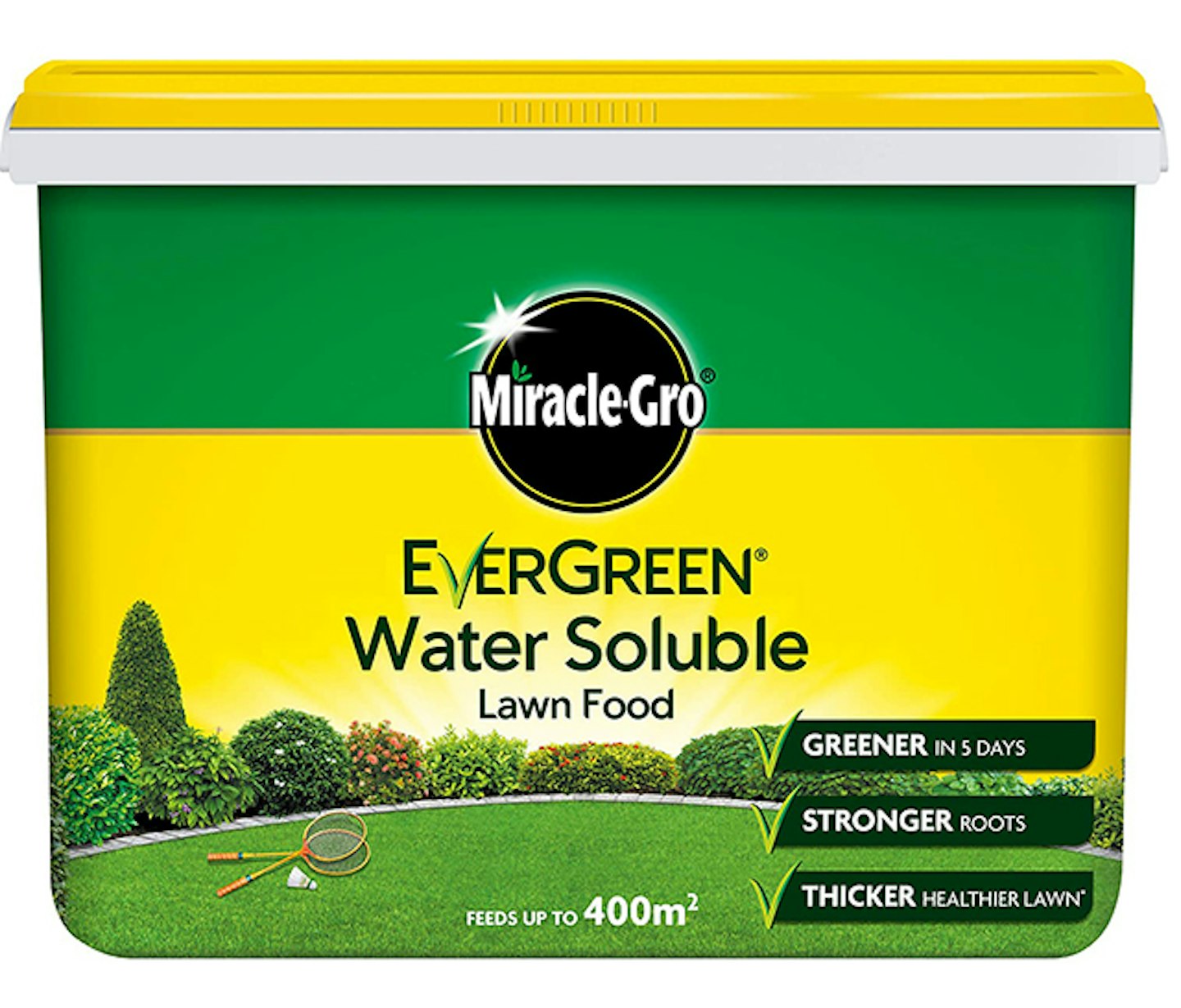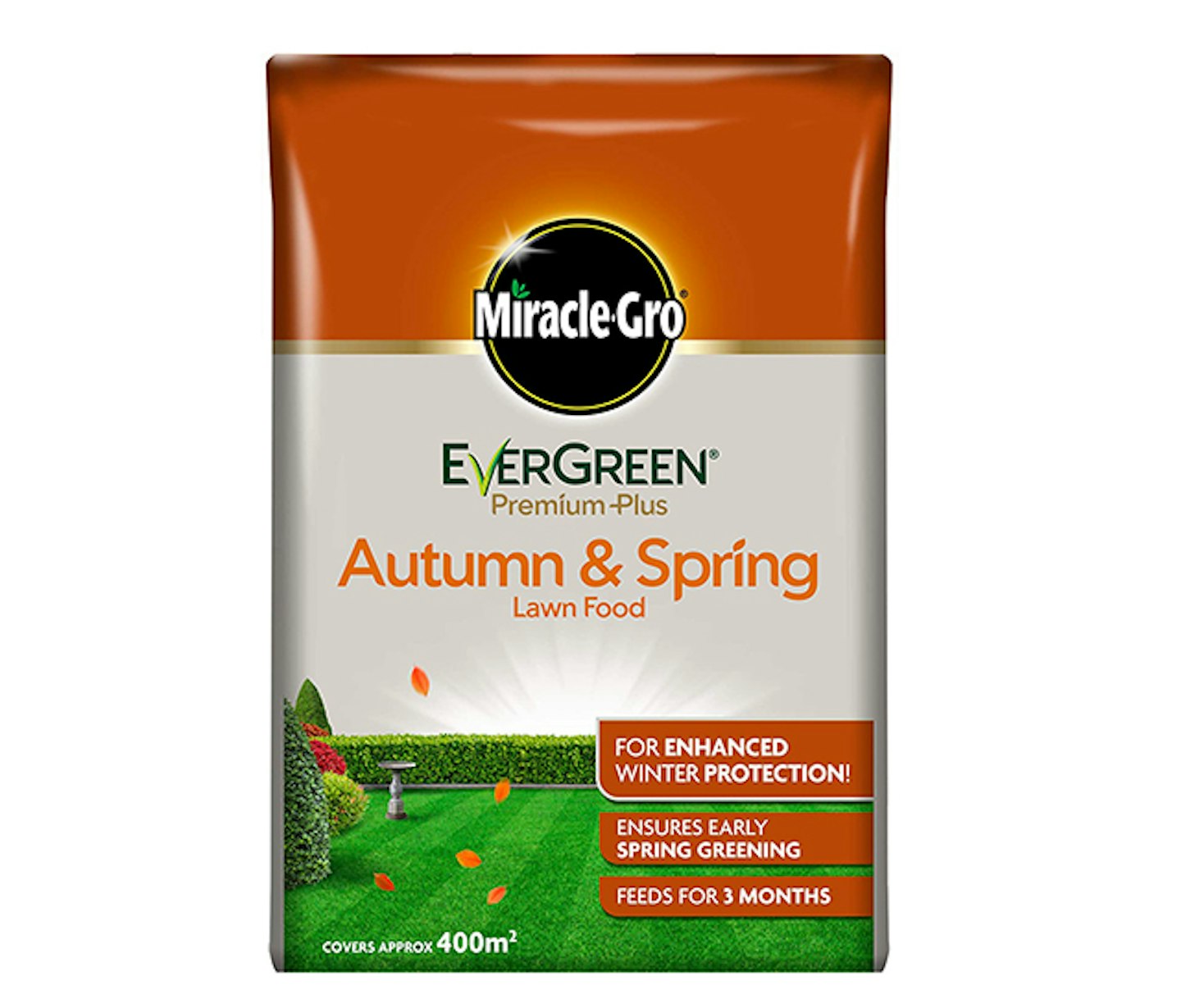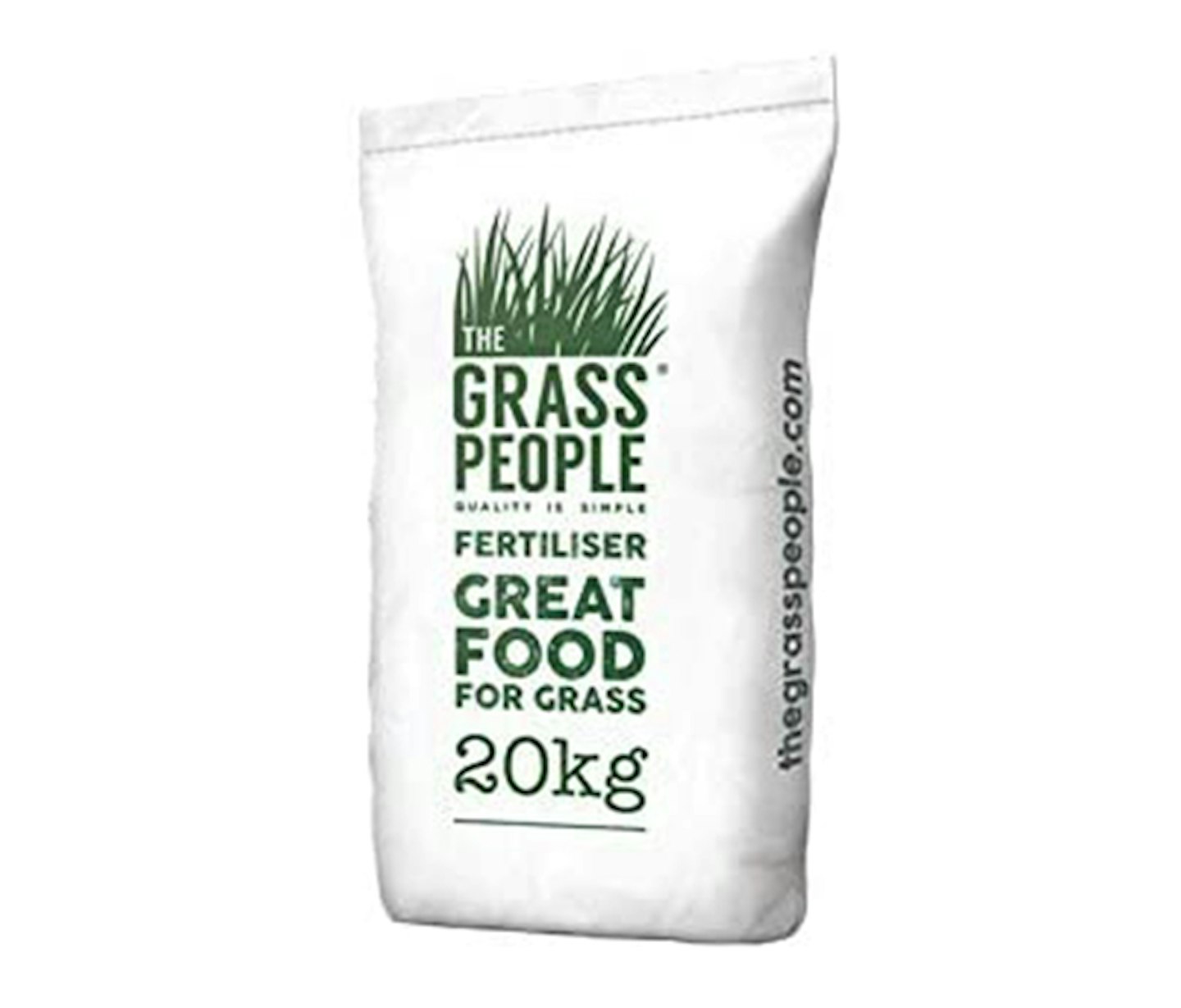If your lawn is looking a bit brown and, well, patchy, then watering might not be enough - what you need to give your garden a spruce up is a good lawn fertiliser.
While there are plenty available on the market, it can be difficult to know which ones are actually worth spending your money on.
So, we've scoured the web to find the best lawn fertilisers according to real reviews so that you can be guaranteed results.
Best lawn fertiliser
Best liquid lawn fertiliser
SeaFeed Xtra is a premium, organic seaweed fertiliser that promotes strong, lush growth for plants and lawns and improves the biological activity in soil. Seaweed also has iron in it, which gives extra greenness to your lawn. You can use this product on other crops, flowers, and indoor plants too. It comes in one, five, 10, and 20-litre containers that are made from recycled ocean plastic.
Best natural lawn fertiliser
This concentrated liquid feed is based on seaweed extract derived from sustainably harvested kelp manufactured using a unique cell burst process. This process ensures maximum retention of the growth stimulants found in kelp along with a wide range of nutrients, vitamins and amino acids. The feed also contains additional added nutrients in the form of Nitrogen, Phosphorous, Potassium and Iron to help maintain a healthy green lawn that is resistant to the emergence of weeds and moss. This product is endorsed by The Royal Horticultural Society.
Pet safe lawn fertiliser
Westland SafeLawn is a child and pet-friendly natural lawn feed that contains 100% natural ingredients that will thicken and green your lawn, resulting in the grass naturally preventing the growth of weeds and moss. Westland SafeLawn contains fast-acting and long-lasting plant nutrients, friendly bacteria to break down dead leaves and moss and added grass seed to fill gaps and thin areas. When using this product, you can expect that in seven days, your lawn will become greener and healthier.
When is the best time to fertilise my lawn?
Mid-spring (often late March to April) is the best time to use a proprietary spring or summer lawn fertiliser to wake up your winter lawn. Feeding the lawn will increase vigour and help prevent weeds and moss from establishing.
All lawns need feeding to keep them looking full and healthy. Using a lawn fertiliser is something that can be done year round, with some products specifically designed for use in a particular season.
For best results, apply fertilisers when the soil is moist, or when rain is expected.
Here are some recommended seasonal products:
In the spring, it's all about waking your grass up. This high nitrogen lawn feed will provide your lawn with the boost it needs after a cold winter. It is child and pet-safe and claims results in just three days. It has also been tailored to UK weather conditions. Thereu2019s no unpleasant smell or concerns like with cheaper products. On top of that, your lawn will become less susceptible to wear and tear or common natural diseases. For optimal results mow up to twice weekly and apply the grass feed every six to eight weeks.
Over summer, your lawn will benefit from regular feeding. This water-soluble lawn feed is great for the hotter months as the dissolved nutrients lower the risk of scorching in hot dry conditions. Miracle-Gro Water Soluble Lawn Food is easy and quick to apply using the Miracle-Gro Feeder or by mixing in a watering can, and will give you a richer, greener lawn in just five days.
This winter fertiliser contains 5% calcium and trace elements, this allows plant cell walls to strengthen and increases turf hardening to aid disease resistance in the colder months. Perfect for protecting your plants from the harsh cold winter weather conditions such as strong winds, heavy rain, ice and snow.
Best lawn starter fertilizer
If you're laying a new lawn or sowing seeds onto bare soil, using a lawn starter fertiliser is a good way to ensure fast and healthy growth and help to establish your new lawn.
This fertiliser is perfect for before, during or after sowing a new lawn for fast-growing and quick to establish grass. High levels of phosphate encourage strong and early root growth, and potassium will help fight off any diseases that young seedlings are susceptible to. For newly sown grassed areas, spread at the time of sowing or shortly afterwards. If spreading on new seedlings be sure to water the area thoroughly after application. Then simply watch your new lawn go from bald to bountiful in one swift step!
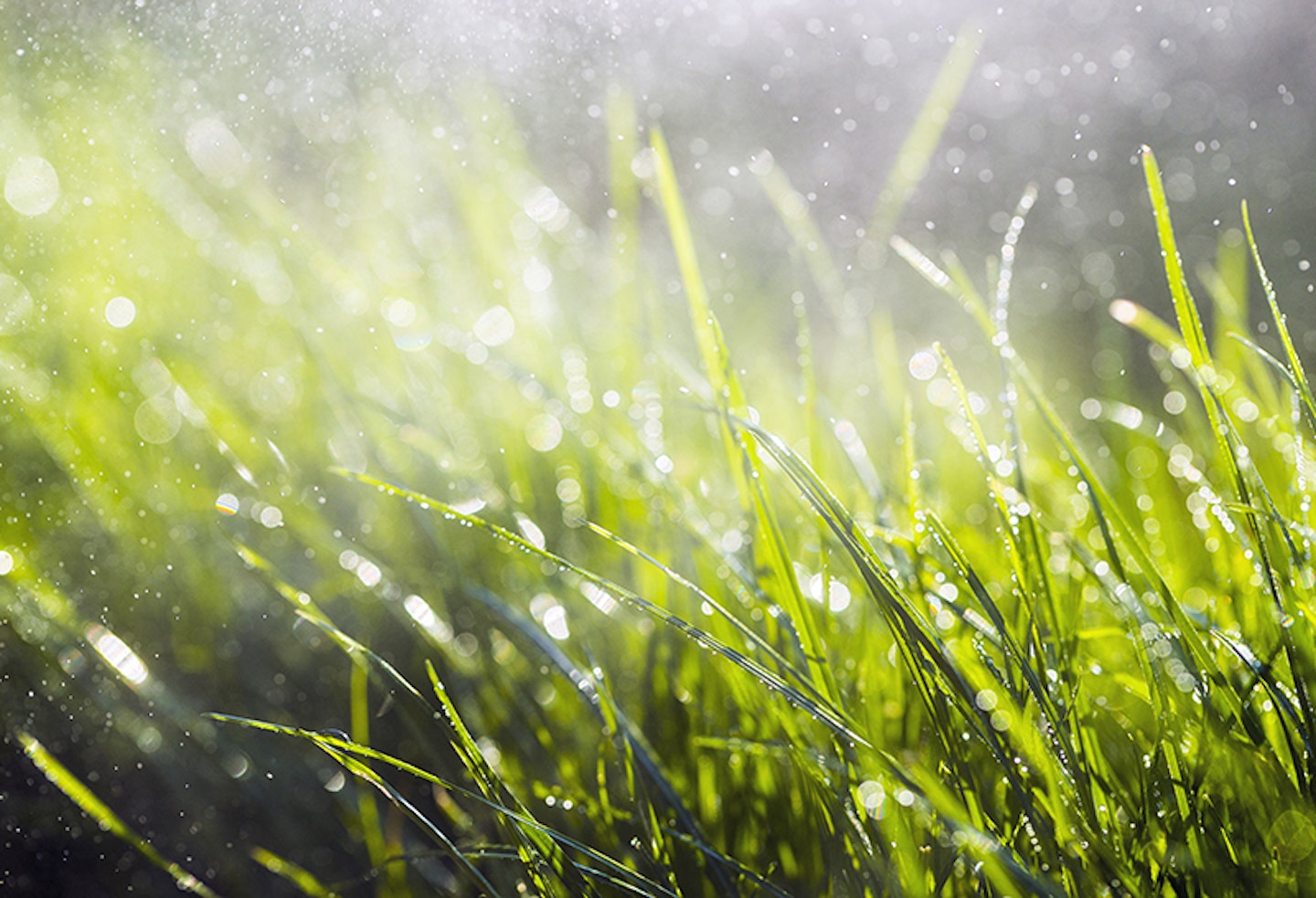
What to look for in lawn fertilizer?
When buying a lawn fertiliser, you should first consider the season, your garden's soil type and also what you want the feed to do - ie do you want it to also kill moss and unwanted weeds? Does it need to be pet and child friendly? Do you want an organic product? This will help to narrow down your search.
The principal ingredients of good lawn fertilisers are a combination of nitrogen (N), phosphorus (P) and potassium (K). These are the essential nutrients which the grass uses up quickly and which need replenishing.
What are the types of lawn fertilizer?
• Time-release fertilizers - these are beneficial for feeding your lawn over many months (for example over winter).
• Slow/gradual release - this also allows plant roots to harvest the nutrients they need slowly, preventing necessary elements from leaching away into the soil. This type of food is easy to apply and a popular choice for the summer months as it minimises the chance of burning the lawn.
• Granular fertilisers - a popular choice due to the ease of application.
• Liquid or water soluble fertilizers - spread using a hose, providing a quick and effective way to introduce nutrients rapidly to grass roots.
Other aspects to consider are:
• Synthetic formulas - chemical fertilisers that offer immediate release and quick greening of the lawn.
• Organic formulas - naturally made from once living organisms or their byproducts.
How to fertilize lawn?
You should feed your lawn as soon after mowing as possible as this will give the grass more time to absorb the nutrients before the next mow. If you mow your lawn after fertilising you may remove the fertiliser before it has a chance to sink in properly.
You should not fertilise dry turf – there should be moisture in the soil for the grass plants to be able to take in the nutrients.
Depending on the fertiliser product you have purchased, you will either be able to apply using a hose attachment or watering can (liquid fertiliser), or by hand (granules). Some lawn fertilisers may come with spreaders to make it easier to get an even distribution of feed across your lawn. You can also buy spreaders separately.
Should I water after fertilizing?
Yes, always water your lawn before and after fertilising - or wait until it is due to rain.
What is NPK?
NPK stands for Nitrogen (N) Phosphorus (P) and Potassium (K). When you buy a commercial fertiliser you will see an analysis of the NPK content on the packaging.
